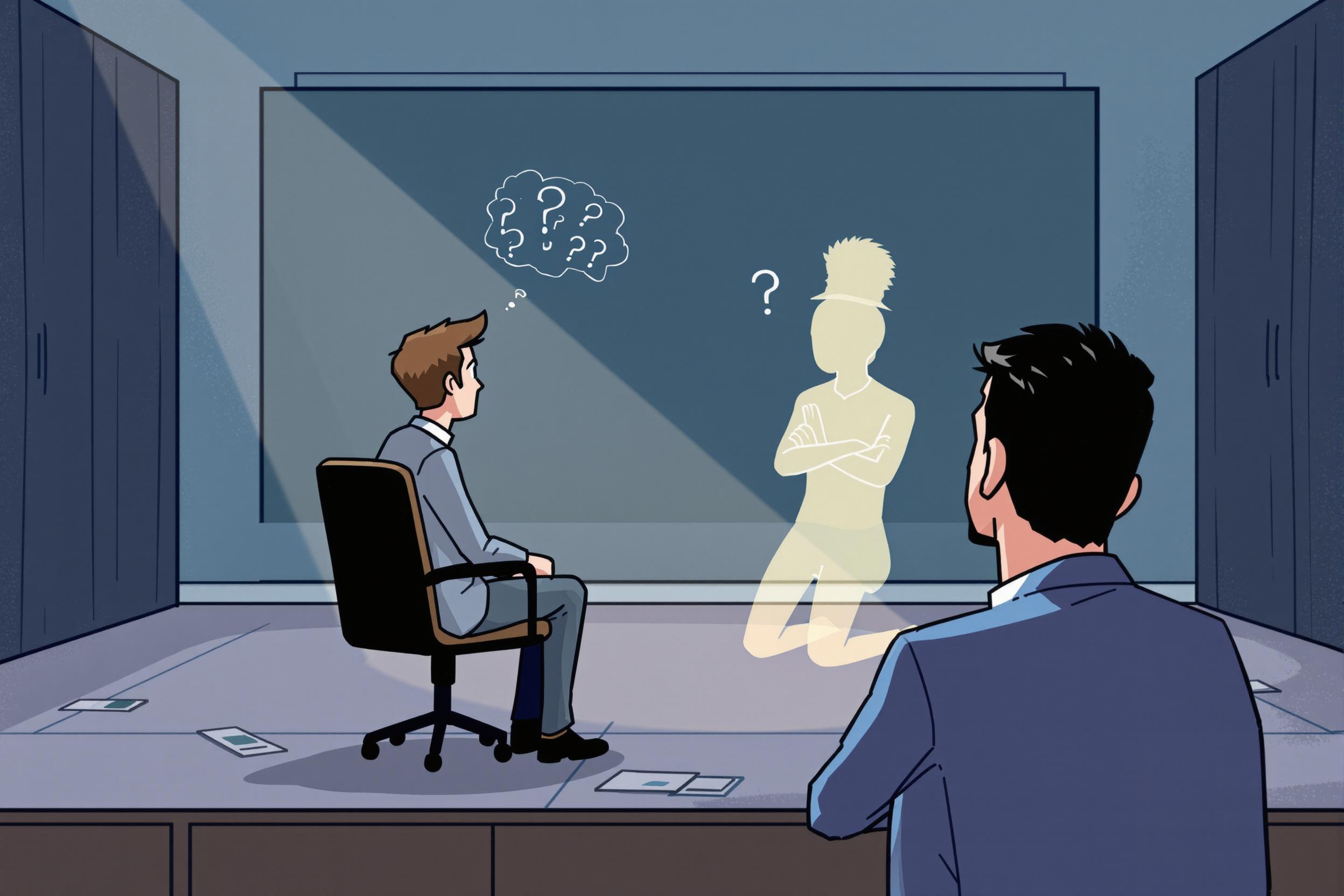
Shadows
Shadows in photo editing refers to the dark areas in images and the techniques used to adjust them. Photo editors work with shadows to create mood, depth, and visual interest in pictures. This might involve darkening shadows to create drama, lightening them to show more detail, or adjusting their color to match the overall image tone. It's a fundamental concept in photography and photo editing that helps make images look more professional and appealing. When you see this term in a resume, it often indicates experience with photo manipulation and understanding of light and dark balance in images.
Examples in Resumes
Enhanced image depth through careful Shadow manipulation in product photography
Developed consistent Shadows and lighting styles for fashion catalog shoots
Restored detail in Shadow areas of architectural photographs
Balanced Shadows and highlights in wedding photography collections
Typical job title: "Photo Editors"
Also try searching for:
Where to Find Photo Editors
Online Communities
Professional Networks
Learning Resources
Example Interview Questions
Senior Level Questions
Q: How do you approach shadow recovery in badly underexposed images?
Expected Answer: A senior editor should discuss various techniques like using adjustment layers, understanding noise implications when brightening shadows, and maintaining natural-looking results while preserving image quality.
Q: How do you maintain consistent shadow treatment across a large batch of images?
Expected Answer: Should explain creating and using presets, establishing workflow standards, and methods for matching shadow density and color across multiple images while maintaining efficiency.
Mid Level Questions
Q: What techniques do you use to adjust shadows without affecting highlights?
Expected Answer: Should be able to explain using selective adjustments, masking techniques, and basic color theory to maintain natural-looking shadows while preserving highlight detail.
Q: How do you handle shadow color correction in product photography?
Expected Answer: Should discuss methods for ensuring shadow colors complement the product, maintaining brand consistency, and creating natural-looking shadows that enhance product presentation.
Junior Level Questions
Q: What's the difference between shadows and blacks in photo editing?
Expected Answer: Should be able to explain that shadows are the darker areas of an image while blacks are the darkest points, and how adjusting each affects the overall image differently.
Q: Which basic tools do you use to adjust shadows in photos?
Expected Answer: Should mention common tools like shadow/highlight adjustments, curves, levels, and basic masking techniques for shadow manipulation.
Experience Level Indicators
Junior (0-2 years)
- Basic shadow adjustment techniques
- Understanding of basic lighting principles
- Familiarity with common editing software
- Simple shadow recovery in underexposed images
Mid (2-4 years)
- Advanced shadow manipulation techniques
- Color correction in shadow areas
- Batch processing with consistent shadow treatment
- Creative shadow effects for artistic purposes
Senior (4+ years)
- Expert shadow recovery in challenging images
- Advanced color theory application
- Teaching and workflow development
- High-end commercial shadow manipulation
Red Flags to Watch For
- Unable to explain basic shadow adjustment techniques
- No understanding of how shadows affect image mood
- Lack of experience with professional editing software
- No knowledge of color theory in relation to shadows
- Cannot demonstrate before/after examples of shadow work
Related Terms
Need more hiring wisdom? Check these out...

Ghosted Again? How to Stop Candidates from Disappearing and Start Engaging Them Better

Global Compliance Checks: The Hidden Puzzle Pieces of Background Screening Revealed

Who’s Really Running Your Interviews? How to Reduce Bias in Remote Hiring

